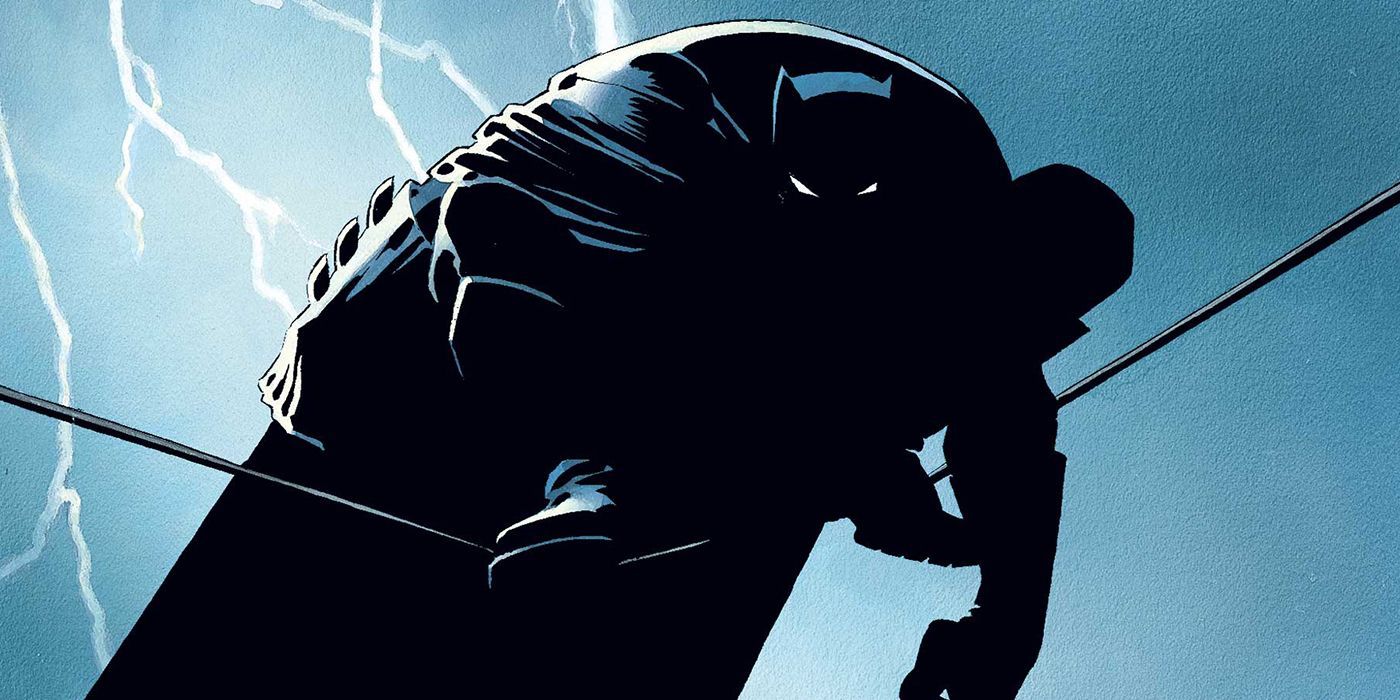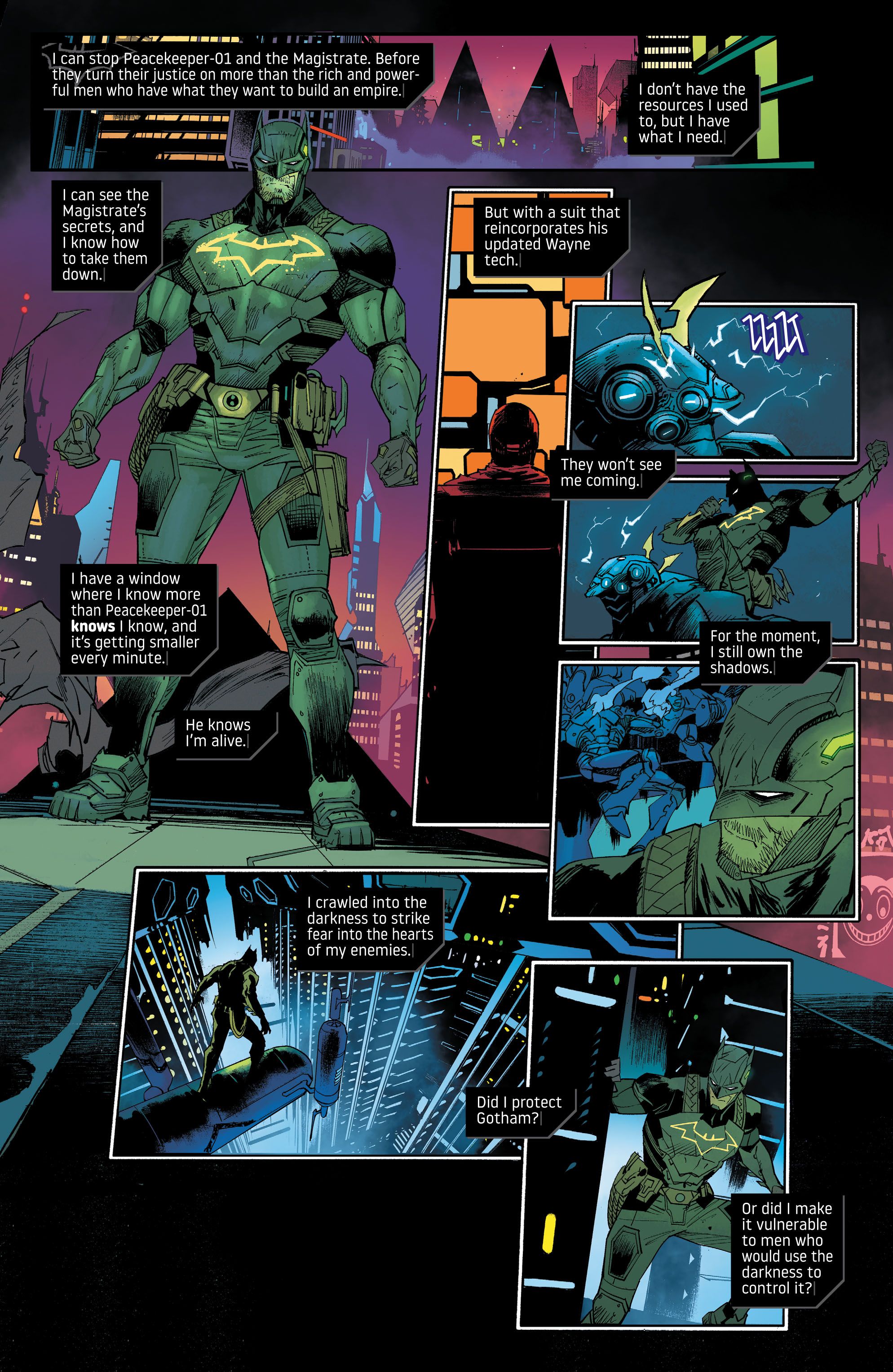Frank Miller and Klaus Janson’s The Dark Knight Returns is one of the most influential and beloved Batman stories in the character's history. Miller and Janson’s epic created a unique situation that challenged the caped crusader in a unique and compelling way, which the team behind Batman and his allies’ Future State arcs is recapturing the spirit first pioneered by The Dark Knight Returns.
The Dark Knight Returns was a limited series created by Frank Miller and Klaus Janson, published in 1986. In it, a retired Bruce Wayne steps back into Batman only to find a Gotham descending into chaos and a population that no longer wants anything to do with costumed vigilantes. Likewise, in the recent Future State arc for Gotham city, we see that Batman’s allies attempt to find their place in a Gotham overtly hostile to costumed superheroes and occupied by the oppressive Magistrate and their paramilitary Peacekeepers force.
Many years have passed since The Dark Knight Returns was published, yet many of the themes still resonate and provide compelling situations for Batman and his allies to face. Both The Dark Knight Returns and Future State create a harsh world where costumed vigilantes and villains are fugitives persecuted by the authorities. In The Dark Knight Returns, most of the Justice League has died or retired following policy changes from the U.S. Government (save for Superman, who works for the government). Similarly, in Future State we see that Gotham City under the Magistrate and its Peacekeeper force undertakes an aggressive “No Masks” policy, which declares war on both Batman and his allies, and their extensive rogues gallery. The Peacekeepers’ campaign to take down every mask in Gotham ultimately turns the city into a police state, constantly surveilled through a network of drones and tapped communications. Civil liberties are quickly squashed under curfews and an overbearing police force, and the quality of life in Gotham seemingly plummets under the Magistrate’s thumb. Likewise, in The Dark Knight Returns, life in Gotham worsens after Batman’s departure as corruption and crime runs rampant and decimates lives.
Future State paints a picture of a future for Gotham that at points is even darker than The Dark Knight Returns. While The Dark Knight Returns focuses on an aging Bruce Wayne coming out of retirement for the benefit of Gotham, Future State focuses on the next logical step, where Bruce Wayne is presumed dead, and the members of his extensive Bat Family now have to pick up the pieces and continue his work to keep Gotham City safe. While Bruce Wayne in Frank Miller and Klaus Janson’s epic returned to his role as Gotham’s defender, Dick Grayson and Tim Fox step into their respective roles as Gotham’s guardians and the bearers of Batman’s legacy. Future State cuts deep and explores where Gotham would be without Bruce Wayne, and what his actions and legacy have done to the city and its people. Prior to his apparent death, Bruce Wayne pondered on his legacy and methods and asks if it was ultimately good for Gotham that he created the Batman persona and waged his war on crime, though he is unable to reach a concrete answer.
The Dark Knight Returns is one of the most important stories in Batman’s history as a character. While the series has long since ended, DC’s Future State event for Gotham City captures a lot of the same thematic notes and feelings as The Dark Knight Returns. Future State serves as a spiritual successor to Miller and Janson’s epic, while updating the concept for modern audiences and showing us piece by piece how the dominoes fell to create such a dystopian vision of Gotham.


